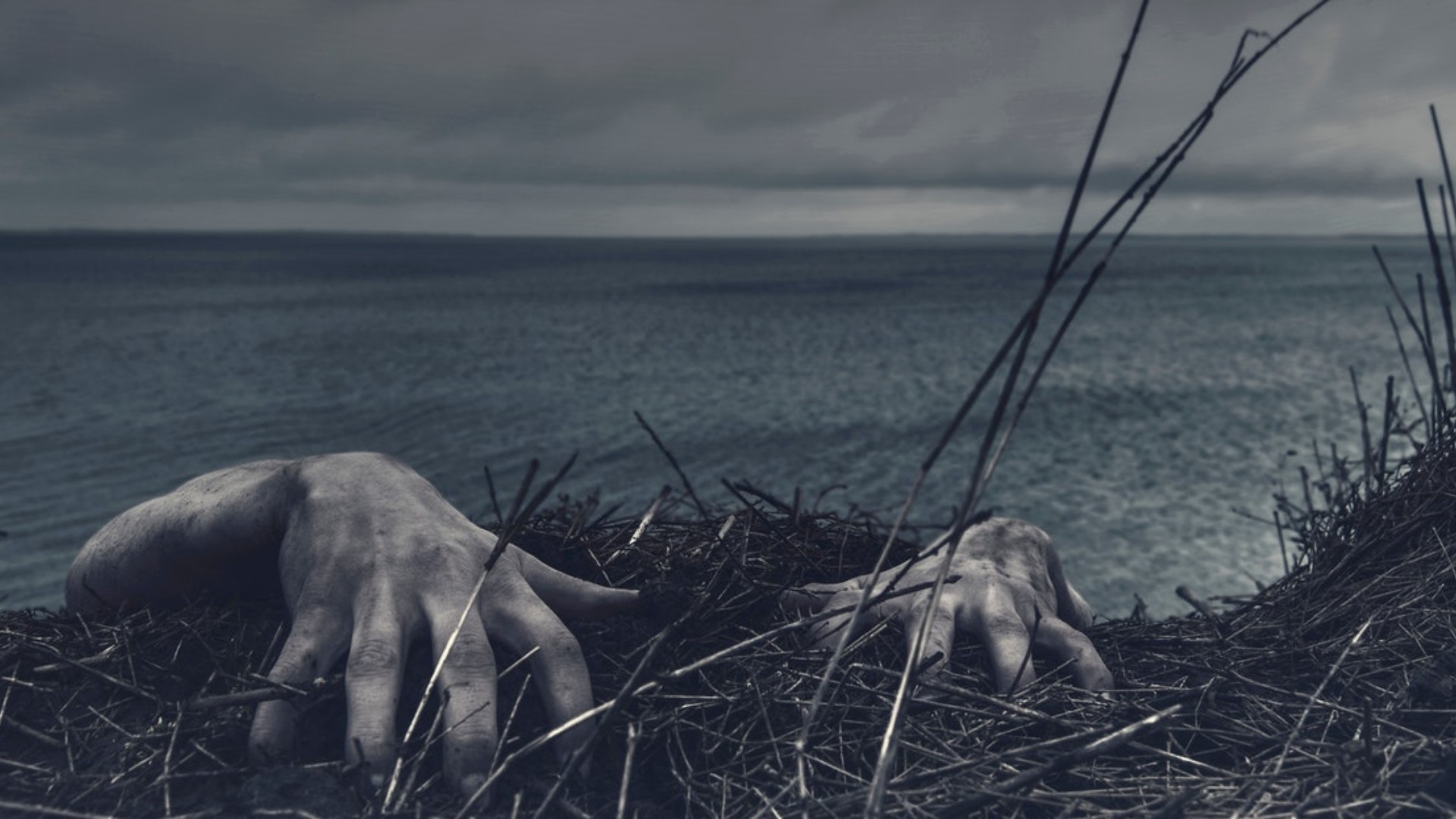How to Write a Horror Story
 by Tom Ashford
by Tom Ashford
You might have heard of a small horror film out in theatres right now — it’s called IT. Whilst Chapter Two may have audiences and critics split (for what it’s worth, I really enjoyed it, though it falls a little short of the unexpectedly great Chapter One), there’s no doubt that the original book — and others written by its popular and prolific author, Stephen King — is a spine-chilling classic.
But what makes a horror novel so scary? It’s easy to understand why movies can be terrifying — monsters literally jump out in front of your eyes. It’s more immediate. You’re witnessing it happen. Maybe it’s because the very act of reading it makes you involved in what’s happening — it’s happening to you, not just the character in the book. Maybe it’s because it’s what we don’t see that scares us the most. Even when an author describes something scary, it still only lurks in the darkness of our own imagination. That sense of threat isn’t so easily extinguished… unlike in horror movies once the monster reveals itself.
Let’s take a look at what we need to know if our own horror novels are to give people the creeps.
(Oh and if you’re a fan of IT, check out The Shining or Pet Sematary. The Shining is the only book to ever seriously give me the shivers and Pet Sematary is so bleak even Stephen King was in two minds about publishing it.)
Learn the Tropes
If it’s not already obvious, you should be reading books in the horror genre. Not just recent books but the classics as well — Dracula, Frankenstein, The Haunting of Hill House etc. They’ll teach you the tropes and history of horror, which you’ll need to know if your books are to resonate with your readers.
Some of these tropes you may have guessed already. Some of the people in your horror novel won’t be particularly nice. They may not even be the antagonist — often the protagonist or other main character will be harbouring a secret or have some sort of personality issue they need to overcome. Horror books tend to be intense, both in tone and in terms of what happens on the page. There’s rarely a moment of calm (except for sometimes at the very beginning, or to further make you uncomfortable, knowing that something horrible will happen to break that sense of tranquility). They deal in violence and death and all things macabre — people will be eaten or have their throats cut or get their ankles crushed by an overbearing nurse. And ultimately, the contents of a horror book will invoke feelings such as fear, dread or even disgust (the less scary their book or film is, the more a horror author or director tends to lean towards the latter).
Make sure your book does all this, because if it doesn’t you might find that you’re writing more of a Dark Fantasy or even Mystery novel.
Unsettle Your Readers
The best horror books and films are ones which create a pervasive sense of unease. That is to say that even when seemingly normal events are occurring, the reader fears that something horrible is waiting just around the corner, or that these seemingly normal events are actually anything but. Succeed in doing this and your reader will forever be on edge, turning the regular into something creepy and the creepy into something downright terrifying.
Things shouldn’t behave how the reader would expect. People shouldn’t behave how the reader would expect. Sometimes it only takes a couple of small details to make somebody or something feel uncanny — close enough to seem like reality, only not quite.
Have a Good Villain
It doesn’t matter who or what your villain is — they need to be good. As Sacha Black said in her episode on the Self Publishing Show, nobody wants a one-dimensional bad guy. Even Dracula and Cujo had reasons behind what they did. Granted, Pennywise doesn’t lure children to their death because, say, he was previously a janitor who got burned alive by a mob of parents… but at least there’s a logic — a need — behind his murderous rampages every twenty-seven years.
No matter how evil your villain, they still need a plausible motive which the good guys can battle against (especially when your villain is too paranormal to be defeated by regular, physical means).
Everyone is Scared of Something
Horror novels tackle fear, and everyone is scared of something. It doesn’t have to be something ‘real’ or tangible, like a clown or a rabid dog or a vampire. It can just as easily be about something irrational like a phobia — a fear of heights, perhaps, or confined spaces… or the dark.
But it’s even better when horror novels tackle something bigger, the way that IT (the book more so than the film) is arguably about adults tackling their childhood traumas as well as the less desirable aspects of small-town America. Whilst these themes may not always make your book more scary, they’ll certainly help to flesh your book out and give some extra weight to your characters’ choices and backstories.
And who knows? Maybe it’ll add to that sense of creeping dread.

Tom Ashford
Tom Ashford is a professional copywriter, author of numerous dark fantasy and sci-fi novels, and the Head of Content at the Self Publishing Formula Blog. His books include the Blackwater trilogy and the Checking Out series.
He lives in London with his wife, in an apartment that doesn’t allow pets. Find out more about Tom here.
Grab Your SPF Freebies!
Sign up to receive your SPF starter package, which includes a free 3 part video series on getting started with FB ads, and inspirational and educational weekly emails.

